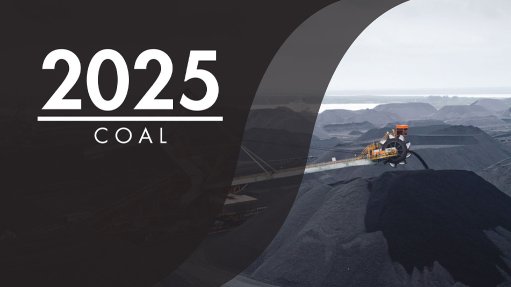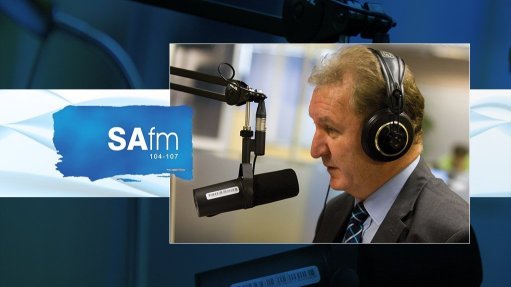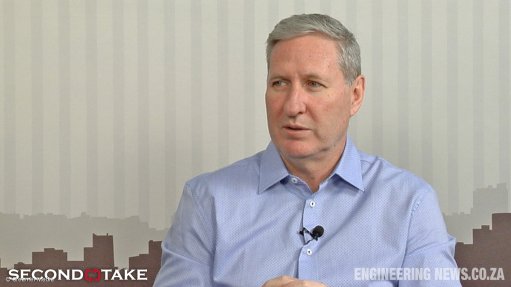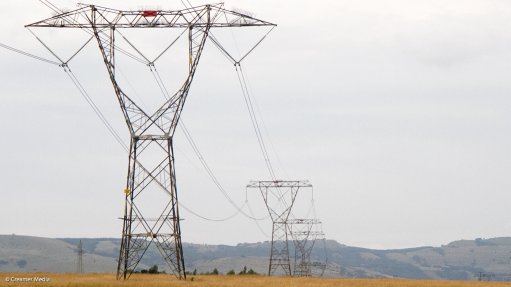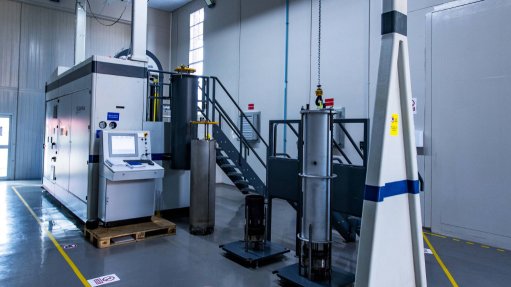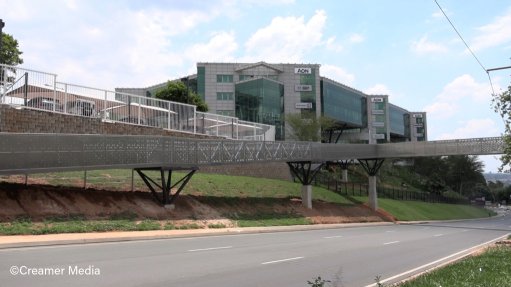Sustainable solution lauded


INTO THE BLUE Blue bonds an initiative aimed at water management and marine ecosystem projects must be implemented
In a water-scarce country such as South Africa environmental initiatives aimed at water management and marine ecosystem projects – such as Blue Bonds – are paramount and must be implemented, says law firm Webber Wentzel partner Lerato Nkanza.
Although water scarcity is often exacerbated in Africa by poor infrastructure and climate change, as well as characterised by high urban demand and rural under-service, Blue Bonds offer a sustainable financing solution.
She is reiterating a position she mentioned in an article published in August, titled ‘Not-so-dry issue: Issuance of ‘blue bonds’ to help address South Africa’s water crisis’, which was co-authored by Webber Wentzel candidate attorney Hemal Heeralal.
Blue bonds are a way of borrowing money to repair water infrastructure, build clean water systems or protect marine environments, with a commitment to repay investors with interest.
Locally, blue bonds could mobilise private capital to supplement public funding and improve governance and transparency in water projects.
Using these instruments aligns with the UN Sustainable Development Goals (SDGs) and South Africa’s environmental, social and governance (ESG) commitments.
Blue bonds fall under the broader category of ‘green bonds’, which are used to finance a range of environmental projects such as renewable-energy developments, decarbonisation projects or conservation efforts.
Green bonds support general environmental initiatives, while blue bonds are financial instruments specifically designed to raise capital for projects and investments that support the sustainable use of ocean and water-related resources, aligning with the blue economy.
Nkanza stresses that it is critical that government provide policy support, regulatory clarity (in form of updating listings requirements) and importantly project pipelines.
“Ideally, they identify and prioritise which water projects need funding, ensuring that investments go where they are most needed and will have the greatest impact.”
Thereafter, private investors – such as banks, pension funds and impact investors – must provide the large amounts of money to finance water infrastructure, she adds, noting that “public budgets alone are often not enough, especially in developing countries”.
Development finance institutions, such as the International Finance Corporation (IFC) or the African Development Bank, can derisk investments and provide technical assistance.
Blue Bond Criteria
In line with the IFC Guidelines for Blue Finance, there are suggested criteria that blue bond issuances are encouraged to meet; they provide guidance to help ensure alignment with recognised principles, rather than strict requirements, says Nkanza.
The issuance criteria include harmonising with the Green Bond Principles, alignment with the SDGs, adherence to internationally recognised environmental and social standards, as well as the application of relevant industry and product-specific standards.
“Most green bonds are issued in line with the Green Bond Principles, which also apply to blue bonds as a subset. The Green Bond Principles are structured around four core pillars.”
Firstly, for blue bonds, the funds raised must be allocated to eligible projects that address sustainable water management, including initiatives focused on water supply and sanitation infrastructure.
Secondly, issuers must clearly outline how eligible blue projects are selected and evaluated.
Thereafter, proceeds from the blue bond issuance must be tracked and managed separately to ensure that they are allocated only to eligible projects.
Finally, regular and detailed reporting on the use of proceeds and the impact of the funded projects are expected.
“Transparent and rigorous reporting is key to avoiding ‘blue washing’ and enables impact investors to monitor the effectiveness of water resource management and evaluate investment performance,” says Nkanza.
A Path Forward
Blue bonds present a strategic opportunity to mobilise capital and strengthen governance in support of sustainable development. In South Africa, they could play an important role in addressing the water crisis while advancing SDG and ESG objectives.
Unfortunately, there is a lack of awareness and understanding of blue bonds among policymakers and the general public in developing countries, owing to the concept’s infancy, Nkanza says.
“That’s actually one of the reasons we wrote the article – to deepen our own understanding of blue bonds and to help raise awareness about the topic, hoping that interest and knowledge will grow over time,” says Heeralal.
Many policymakers and local government officials are likely to be unfamiliar with how blue bonds work and “there are still gaps in skills and experience when it comes to structuring, issuing and monitoring these financial instruments”.
Most people have not heard of sustainable finance, let alone how it could benefit their daily lives, he adds.
Nkanza concludes that more education and real-world projects are required to build a better understanding of, and a deeper trust in, blue bonds.
Article Enquiry
Email Article
Save Article
Feedback
To advertise email advertising@creamermedia.co.za or click here
Comments
Press Office
Announcements
What's On
Subscribe to improve your user experience...
Option 1 (equivalent of R125 a month):
Receive a weekly copy of Creamer Media's Engineering News & Mining Weekly magazine
(print copy for those in South Africa and e-magazine for those outside of South Africa)
Receive daily email newsletters
Access to full search results
Access archive of magazine back copies
Access to Projects in Progress
Access to ONE Research Report of your choice in PDF format
Option 2 (equivalent of R375 a month):
All benefits from Option 1
PLUS
Access to Creamer Media's Research Channel Africa for ALL Research Reports, in PDF format, on various industrial and mining sectors
including Electricity; Water; Energy Transition; Hydrogen; Roads, Rail and Ports; Coal; Gold; Platinum; Battery Metals; etc.
Already a subscriber?
Forgotten your password?
Receive weekly copy of Creamer Media's Engineering News & Mining Weekly magazine (print copy for those in South Africa and e-magazine for those outside of South Africa)
➕
Recieve daily email newsletters
➕
Access to full search results
➕
Access archive of magazine back copies
➕
Access to Projects in Progress
➕
Access to ONE Research Report of your choice in PDF format
RESEARCH CHANNEL AFRICA
R4500 (equivalent of R375 a month)
SUBSCRIBEAll benefits from Option 1
➕
Access to Creamer Media's Research Channel Africa for ALL Research Reports on various industrial and mining sectors, in PDF format, including on:
Electricity
➕
Water
➕
Energy Transition
➕
Hydrogen
➕
Roads, Rail and Ports
➕
Coal
➕
Gold
➕
Platinum
➕
Battery Metals
➕
etc.
Receive all benefits from Option 1 or Option 2 delivered to numerous people at your company
➕
Multiple User names and Passwords for simultaneous log-ins
➕
Intranet integration access to all in your organisation






